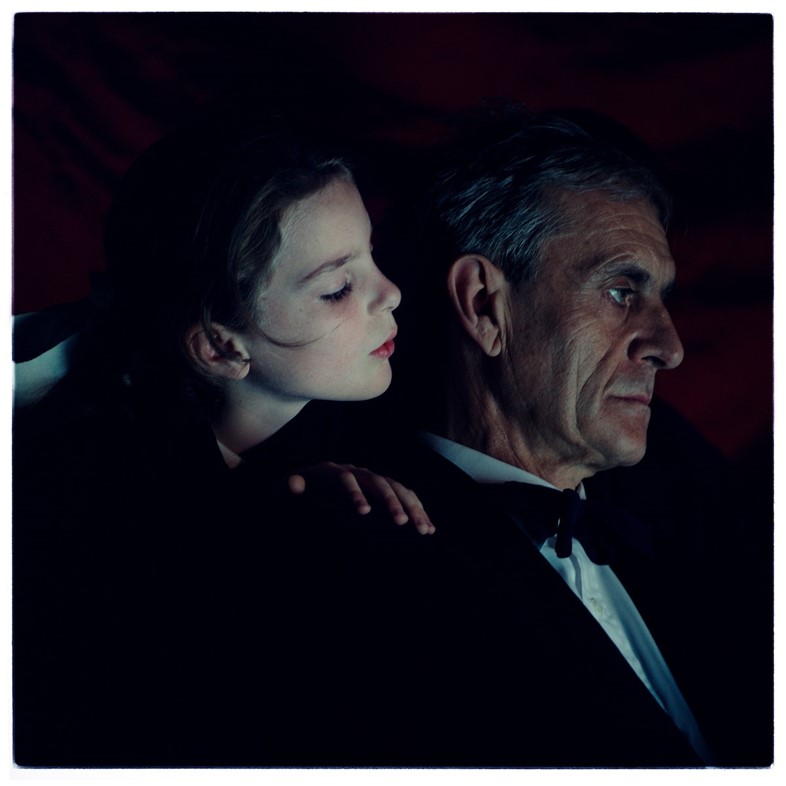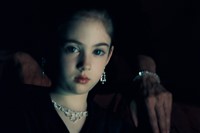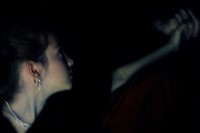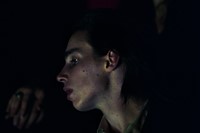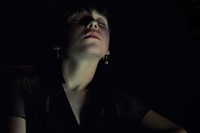Shot in the early 1990s, Bill Henson’s new photo book visually recreates the “emotional effect generated by listening to music”. Here, the Australian photographer talks about why “watching people is fascinating”
Bill Henson’s concertgoers don formal attire; dressed, we’re led to believe, for a night at one of Paris’s foremost opera houses. Seated in full view of the stage, their faces lit cinematic tension, smart white shirts act as armour for the photographer’s male protagonists, while women’s collarbones glisten with jewels, their lips painted varying shades of berry.
Commissioned by Paris Opera at the start of the 1990s, to “bring the emotional effect generated by listening to music into visual form”, Henson’s images are anchored in chiaroscuro, a delicate dance between light and dark present in much of the Australian photographer’s oeuvre, which stretches back to the late 1970s (his first solo show was at the National Gallery of Victoria in 1975, when he was just 19 years old). In Paris Opera, a new book from Stanley/Barker, 50 images from the concert series have been brought together for the first time, the portraits interspersed with landscapes of dramatic orange and white clouds.
“[They said] ‘you can do anything you want’,” explains Henson, speaking over Zoom from his studio in Melbourne, where the images were made over 30 years ago. “On one of my many visits, Richard Serra was upstairs carving angels out of giant blocks of Styrofoam, and I remember seeing some pretty wild scrims that Cy Twombly had done, so they had a strong tradition of collaborating with visual artists.”
Returning to Paris multiple times over the course of a year, Henson attended shows at the city’s three great opera houses – the final images were based on these accounts – observing the emotional tenor and anticipation of the audience. “I was familiar with that concert environment, but because I had the opportunity to do anything I liked I spent a fair bit of time there,” he says.
Below, in his own words, Henson reflects on crafting this much-celebrated project.
“I’ve been to a lot of concerts and photographed a lot of opera houses, and watching people is fascinating. I’m drawn to this sense of gathering, of people coming together in anticipation of some experience. The faces and the way people go back into themselves is an emotional, imaginative journey. There’s no correct way of listening to Mozart or looking at Rembrandt, there’s only your way, so there are all these personal journeys unfolding behind people’s eyes. Not so much a landscape but a dreamscape – that’s what I was interested in investigating, what I tried to suggest in the photographs.
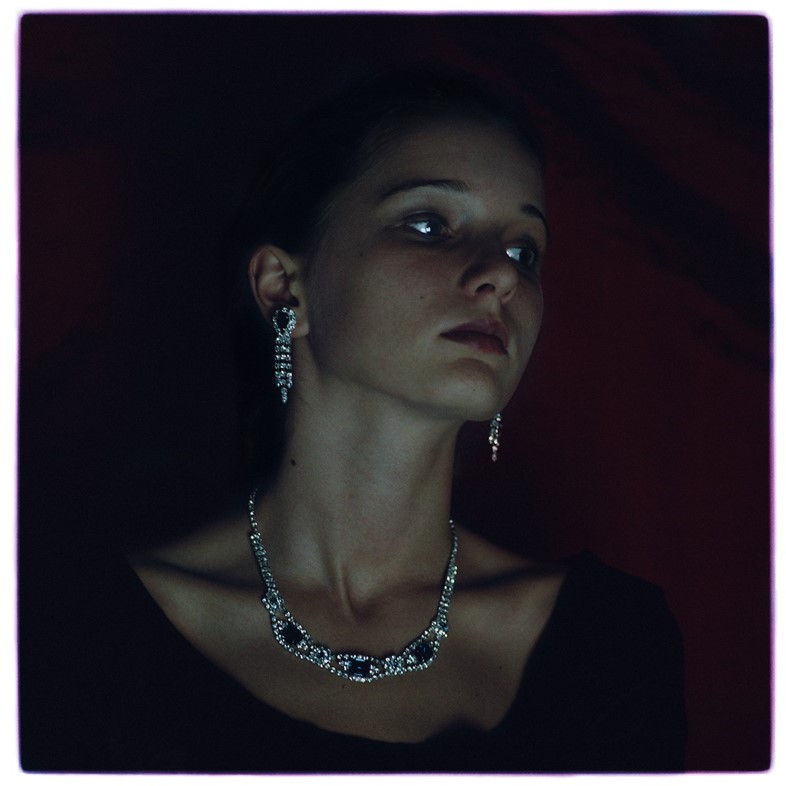
“I’ve always been interested in music, but I don’t listen to it recreationally, only very deliberately. I don’t have it in the background, and I certainly can’t listen to the radio. It stimulates certain aspects of the imaginative process when I’m in the studio, so I listen when I’m working on a picture. You could say there’s part A and B, the taking of the photograph and the making a photograph. For me, it’s the object, the print that’s the most important thing. As much as I love photography, and you have to be obsessed with it, you mustn’t lose track of the fact that photography about photography is boring as anything; it’s about all the things at the centre of everyone’s lives, the medium doesn’t matter. These things ultimately circle around the sense of beauty, fear, loss, strangeness, love, longing – all the stuff that everyone has to deal with I suppose.
“Quite predictably, watching the audience seated in the dark auditorium was the most interesting and emotional thing for me. I trained my camera on the audience and over a period of about 12 months, I made a lot of pictures. When I was back in my studio in Melbourne I saw they were technically fine, but that they had a documentary feeling – I wanted the actual photograph to be the event, not a depiction of something else, I needed something artificial. Recreating these things, I came to understand the way people and objects existed in that space, the emotional tenor of an audience and the psychological space.
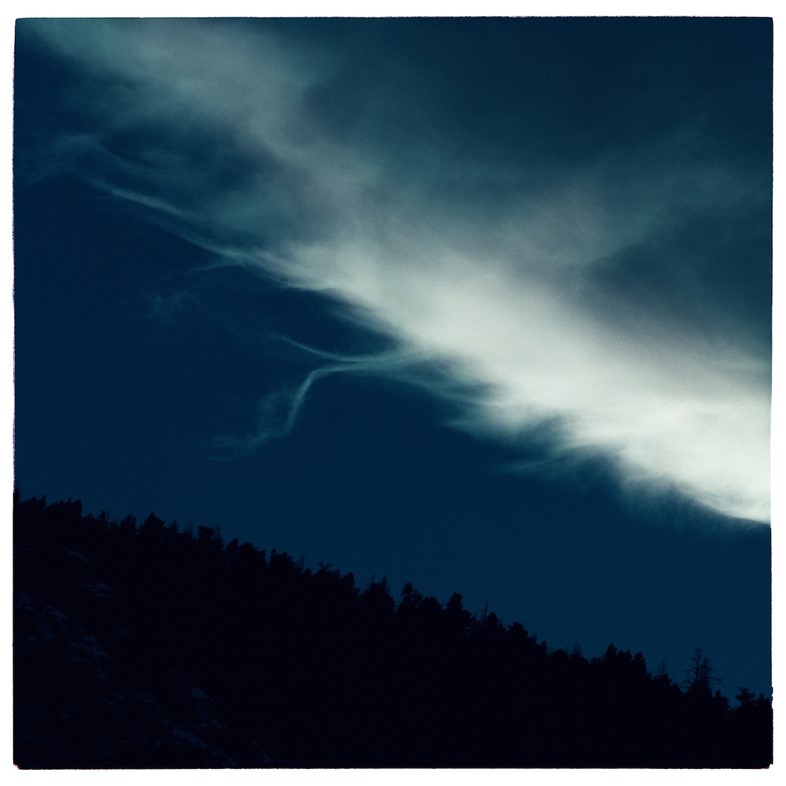
“For me, new work grows out of old work, and I have a lot of objects – I happen to make photographs – sitting around in my studio, sometimes for years. I never work to a deadline, and I find just having the objects around, seeing how they inhabit the space, gradually letting it find its right size, its right mood, you figure out what stuff is about. I’ve always printed my work myself, because I think it’s important to be the person that physically executes the work, it means that you’re on the coalface and through that process of working, things are revealed to you.
“They’ve been shown all around the world, the pictures, but there are always what I call the free radicals, pictures which put a hook into you but you never quite resolve or complete. After nearly 30 years, I looked at some I’d put circles around and exclamation marks on and thought, ‘I know what to do with this now’. I always thought of it as being a group of 50 pictures, but there were only ever about 40 in existence. So now, I’m happy with it, happy to put a full stop there, in the form of a book. They’re quite discreet, the photographs, hopefully powerful as well.”
Paris Opera by Bill Henson is published by Stanley/Barker and is out now.
